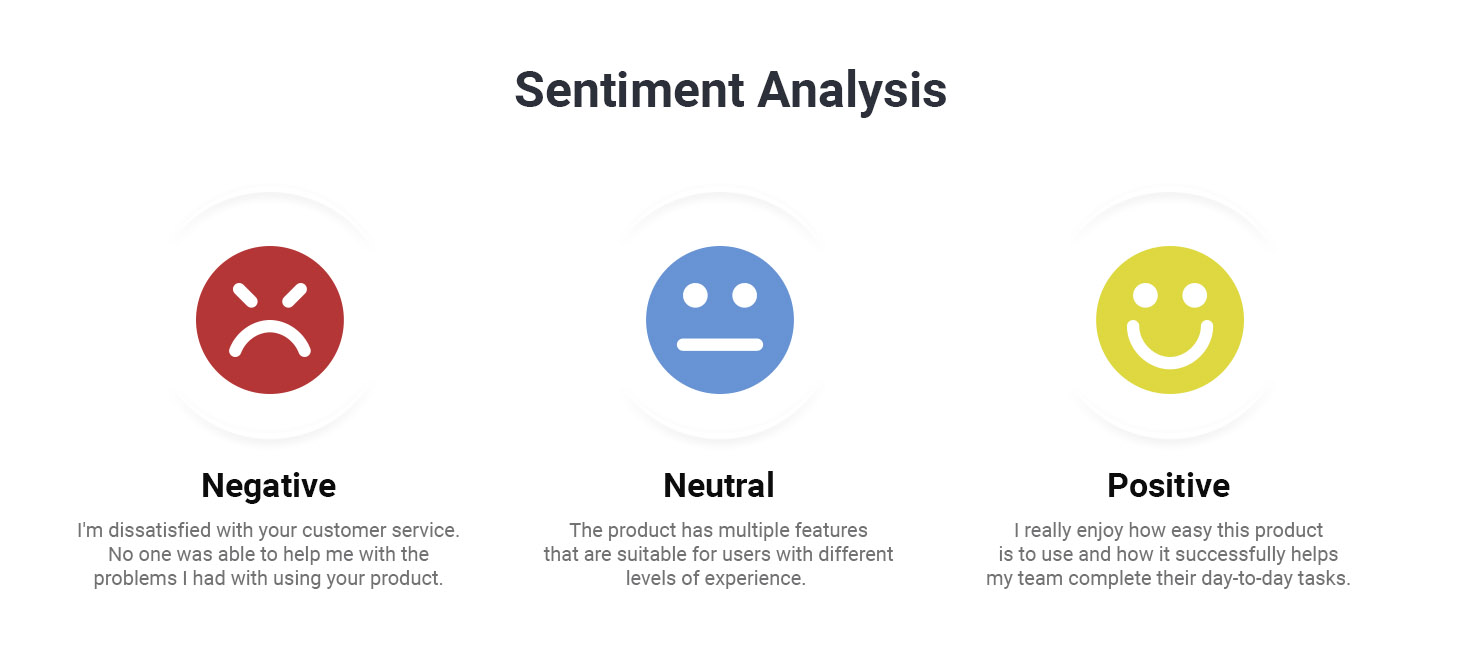In today’s digital age, the vast amount of textual data being generated every second has led to an increasing interest in sentiment analysis – the process of determining the emotional tone or sentiment expressed within a piece of text. While sentiment analysis has gained significant popularity in English language applications, its significance in other languages, such as Arabic, cannot be overlooked. In this article, we will delve into the world of sentiment analysis in Arabic, exploring its challenges, applications, and potential impact on various industries.
Why Sentiment Analysis in Arabic Matters

In an era where online communication is omnipresent, businesses and individuals alike are keen on understanding how their products, services, or ideas are perceived by the masses. Sentiment analysis provides a valuable tool for gauging public opinion, helping organizations make informed decisions, tailor their marketing strategies, and enhance customer satisfaction.
Challenges in Analyzing Arabic Sentiment
Analyzing sentiment in Arabic poses unique challenges due to the language’s complex structure, rich morphology, and diverse dialects. Also, Arabic text often involves subtle nuances, cultural references, and contextual variations that make sentiment analysis a daunting task.
Approaches to Arabic Sentiment Analysis
Researchers have developed various approaches to tackle Arabic sentiment analytics. Also, these approaches range from lexicon-based methods, where sentiment is determined by the presence of positive or negative words, to more advanced machine-learning techniques that consider syntactic and contextual factors.
Applications of Arabic Sentiment Analysis
The applications of sentiment analysis in Arabic are broad and impactful. From monitoring public perception of political events to assessing customer satisfaction in the hospitality industry, Arabic sentiment analysis offers insights into diverse domains.
Impact on Business and Marketing
In the realm of business, understanding how customers feel about products and services is invaluable. Also, Arabic sentiment analytics allows companies to refine their marketing campaigns, personalize user experiences, and address potential issues promptly, ultimately driving growth and loyalty.
Sentiment Analysis and Social Media
Social media platforms are treasure troves of user-generated content. Analyzing sentiment in Arabic social media posts can reveal prevailing opinions, detect trends, and even identify potential PR crises before they escalate.
Ethical Considerations
As with any technology, there are ethical concerns surrounding sentiment analytics. Privacy, bias, and the responsible use of data are crucial factors to consider as sentiment analysis tools become more widespread.
Future Trends in Arabic Sentiment Analysis
The field of Arabic sentiment analytics is rapidly evolving. Improved algorithms, cross-lingual analysis, and deeper linguistic understanding are paving the way for more accurate and insightful sentiment analysis tools.
Conclusion
Sentiment analytics in Arabic holds immense promise for businesses, researchers, and society at large. By unraveling the emotions embedded in Arabic text, we gain a deeper understanding of human interaction and pave the way for more effective communication strategies.
Are you ready to harness the power of sentiment analysis for your business? Request a demo from AIM Technologies today and discover how our advanced solutions can elevate your decision-making process.
FAQs
Is sentiment analysis limited to the Arabic language?
- Sentiment analytics is apply to various languages, including Arabic. However, each language presents its own unique challenges and nuances.
Can sentiment analytics accurately detect sarcasm in Arabic text?
- Detecting sarcasm in any language, including Arabic, remains a challenging task due to its contextual and often subjective nature.
How is sentiment analytics use in market research?
- Sentiment analytics helps researchers gauge public perception of products, services, or brands, allowing for data-driven decision-making.
Are sentiment analytics results influenced by cultural differences?
- Yes, cultural nuances can impact sentiment analytics results. It’s important to consider cultural context when interpreting sentiment.




